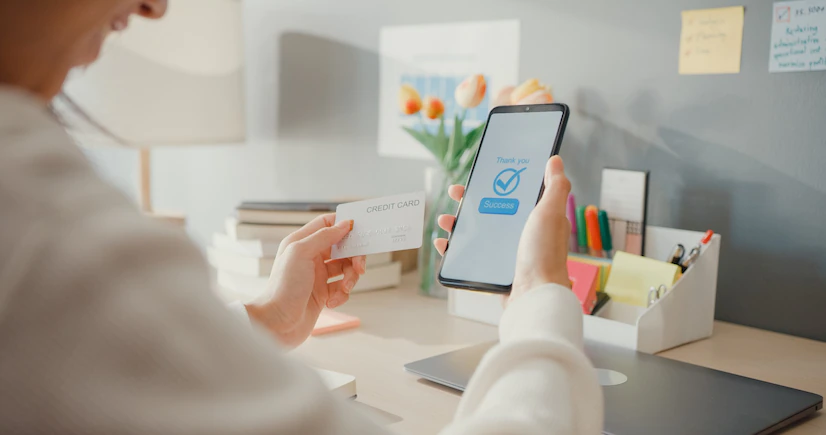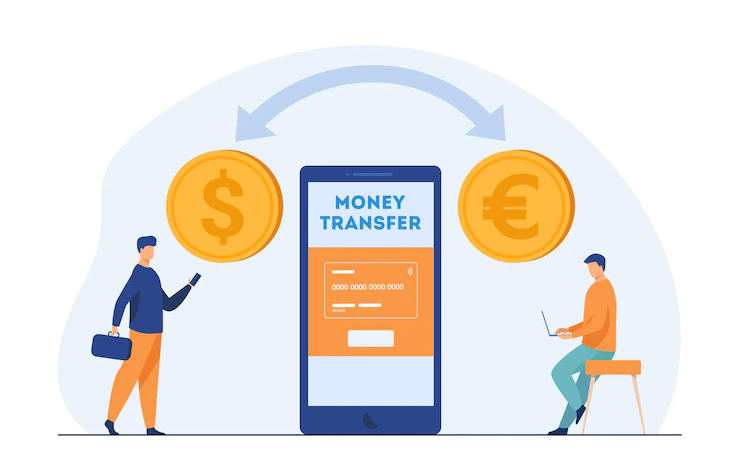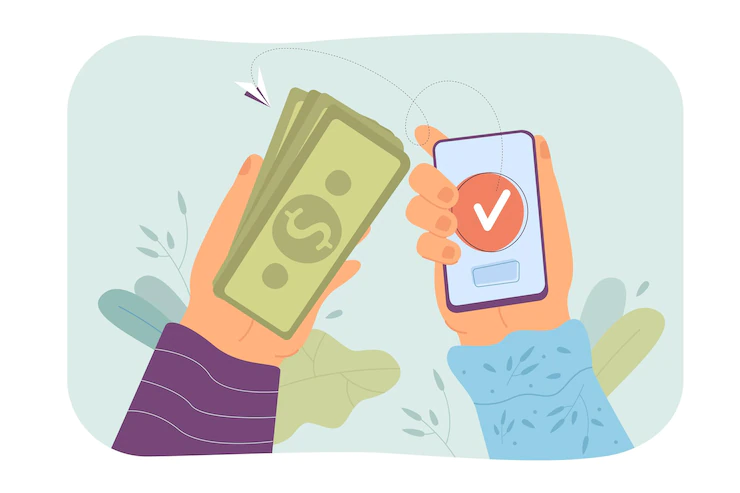How Many Fees Did I Pay On An International Money Transfer?
by Abdul Aziz Mondal Finance 24 August 2022

Sending money from one account to another shouldn’t be difficult in 2022, but there are still some obstacles we face.
When looking at cryptocurrency, it is true that when sending money from one wallet to another, even if it’s on the other side of the world, it costs nothing. This is why decentralized blockchain has become so popular.
But, why then isn’t it all that common to use? Well, in order to get crypto, we buy it on an exchange. We do this because it’s safe and convenient, but they charge a hefty commission for that luxury. Ironically, we see the majority of crypto Defi enthusiasts dealing with an intermediary in a centralized network at one time or another.
The point is that it’s very difficult to escape paying fees to intermediaries and 3rd parties because they provide a secure infrastructure and facilitate safe payments. But when it comes to SWIFT and banking, things are a little over the top.
The infrastructure is so heavy, outdated, and rigid that a normal bank payment across a border can be extremely costly and clunky. Fintech has half solved this problem, but the real issue lies in how intermediaries and brokers make their money.
Pricing Of International Money Transfers
If we stand any chance at being financially mature and responsible, it’s important to know exactly how much we’re paying for the goods and services that we use.
Sending money abroad, however, is one of the very few services that we have no idea how much it costs.
This is because there are two ways that the broker/intermediary will cover their costs and make their profit: fees and an exchange rate markup.

1. Fees and commission
Fees are self-explanatory and often transparent. Banks typically charge $/£30 for a cross-border money transfer, which is labeled as a fixed fee. The amount may vary, but it’s applied regardless of the size of the transfer. Clearly, the larger the transfer, the less expensive this fee is in the grand scheme of things.
The commission is just another type of international money transfer fee. However, companies often use this word when they’re using a percentage-based fee, as opposed to a fixed flat amount. So, a company may ask for a 2% commission as their means of generating revenue over the transfer.
Here, the fee will always be proportional, but that makes it even more important than the first fee. Why? Because the difference between a 1% commission and 2% is drastic for a $10,000 transfer ($100 and $200 respectively – so, double the cost).
On top of this, there are wire transfer fees, which feel as old as time itself. At least with this one, things are a little more upfront and can be avoided by, well, not using banks.
2. Exchange rate markup
But it’s the exchange rate markup that trips us up – a hidden international money transfer fee that banks are reluctant to advertise. This is essentially the difference between the real exchange rate and the one you receive. So, if you’re looking to convert your GBP to USD, the mid-market (“real” rate) might be 0.85 (£0.85 for every $1).
The bank, though, might be giving you a rate of 0.81. Clearly, you’re going to have to send more GBP now for the recipient to receive the intended amount of USD.
| Money Transfer Calculator: How to calculate exchange rate markup The way we should look at the markup is as a percentage, just like the commission fee above. For example, a 3% markup would mean the exact same thing as paying a 3% commission fee on your transfer amount – this is the most useful way to gauge how much you’re wasting. In the above example, the USD/GBP exchange rate was 0.85 but the bank is behaving as if it’s 0.81. To calculate this, we find the difference between them and then divide it by the mid-market rate. So… 0.85 – 0.81 = 0.04 0.04 / 0.85 = 0.047 To get this to a percentage figure… 0.047 * 100 = 4.7% 4.7% isn’t a totally unrealistic figure that a bank may charge, though this would be seen as outrageously high from a dedicated money transfer company or FX broker. But remember, this is no different from a fee. This is costing you, not them (they have access to the mid-market rate), and it should be treated as a cost in conjunction with the other fees. |
So, when sending £10,000, you may be chucking away £470 and not even be fully aware of it – plus £30 in fixed fees, resulting in a £500 cost for the pleasure of a bank to facilitate the transfer. For reference, some dedicated, credible money transfer companies (non-banks) often have an exchange rate margin around the 1% mark or below – but always double-check.
Using A Widget
It shouldn’t take high-school-level math to figure out how much services are costing.
Many might claim that we should all be able to make such calculations, but what about those that haven’t been to school in 30 years, have difficulties learning, or simply don’t have the time to do them for every transfer?
Between consumer rights and advertising regulations, things need to change.

Plus, you often don’t see the exchange rate you’re receiving until right at the end of setting up a transfer. Clearly, the markup should be quoted early on, in big font, and already as a percentage for you.
We can use a money transfer calculator instead to calculate fees. Often a good way to use such calculators is by typing in what you’re sending and the amount that the recipient will/has received.
Sometimes, this will be information quoted before transferring the money, and this is a great tool when the exchange rates are being obfuscated.
The Importance Of Costs
When building wealth or running a business, managing costs is vital. Particularly in this day and age where index investing is so commonplace, keeping costs down becomes the priority.
Which broker asks for the lowest management fee and how to minimize taxation are the two things that will get you the furthest when average market returns are core to your strategy.
The same goes for investing outside of stocks and funds, too. Buying a property abroad, for example, is extremely difficult to predict the market. We won’t know for sure if the property prices in that area will continue to rise, nor do we know what the occupancy rate will be. But what we can control is how much we pay and spend on the investment.
In many cases, this starts with transferring money. A €400,000 property may cost you $401,000 on paper, but what is the actual quote from the bank when transferring the money?

It may look more like $417,000 when transferred through a bank. With a really good money transfer provider? It could be more like $408,000. And, $9,000 savings could significantly change when you break even on the investment.
Furthermore, it may be that the USD and EUR are wildly fluctuating, and you want to lock in that $408,000 quote with a hedging product to avoid the scenario of the USD crashing. In 2021, there was a time when it would have cost over $490,000 to buy €400,000.
This really highlights the importance of controlling currency risk and keeping costs down when investing. Another example is that investing $100,000 in a fund today with 9% annualized returns and a 1% management fee will hit the $1m mark in 30 years. But, if the yearly fee was 2% instead of 1%, which may not sound like much, after 30 years the investment would equate to $761,226.
This is around a $240,000 difference because of a mere 1% in fees. Or rather, around a quarter of the million-dollar portfolio was down the drain because keeping costs down wasn’t a priority. Now imagine what paying a hidden ~3% exchange margin from banks could do to your overseas real estate income over a lifetime without even knowing about it.
Additionals:



































































































